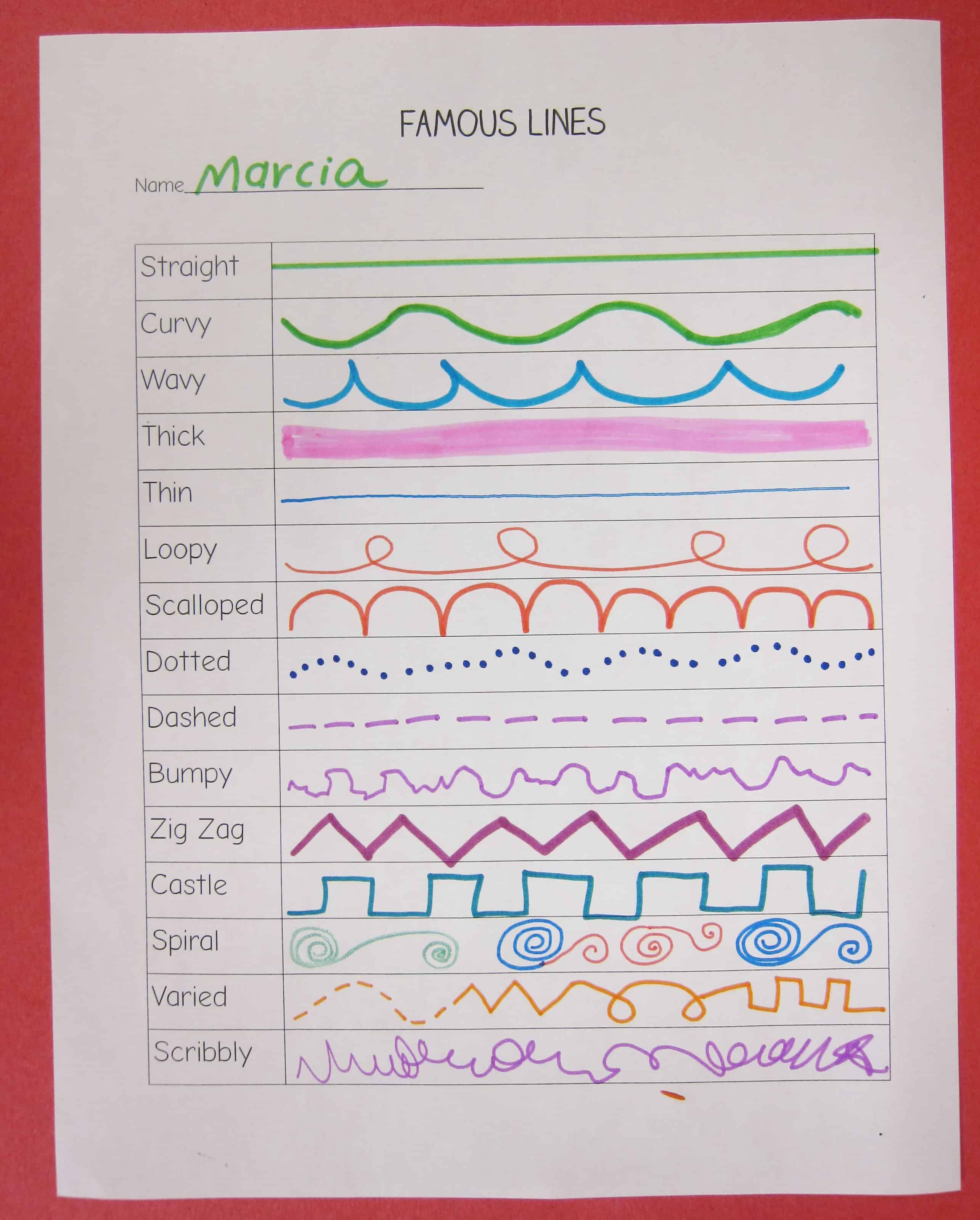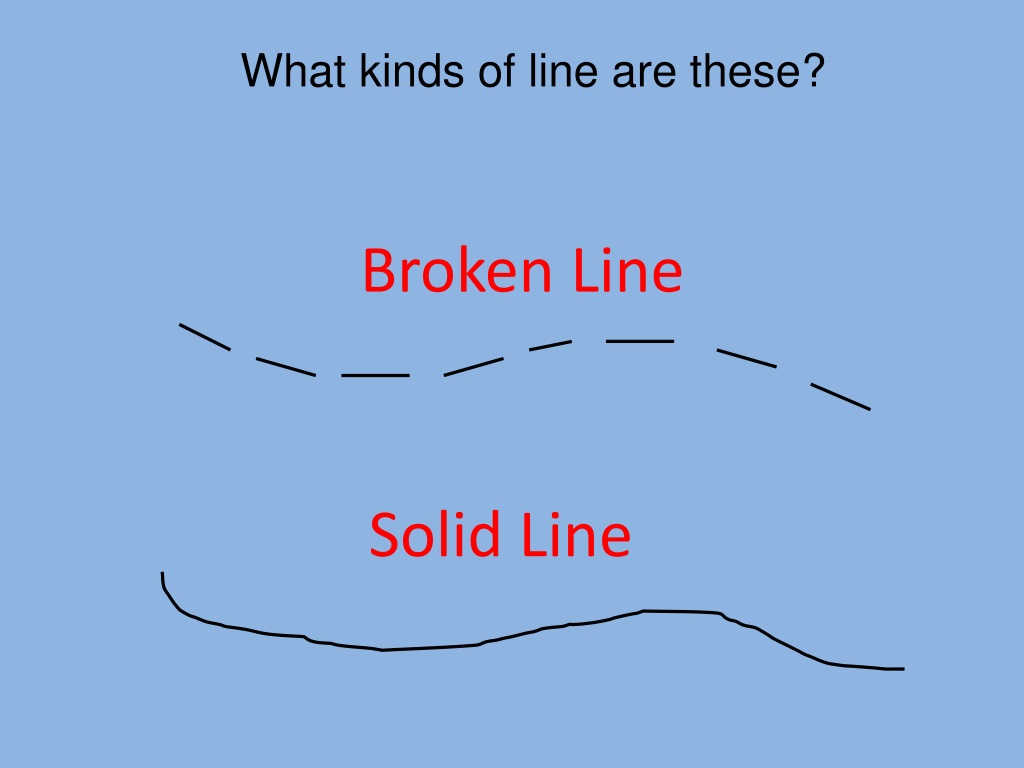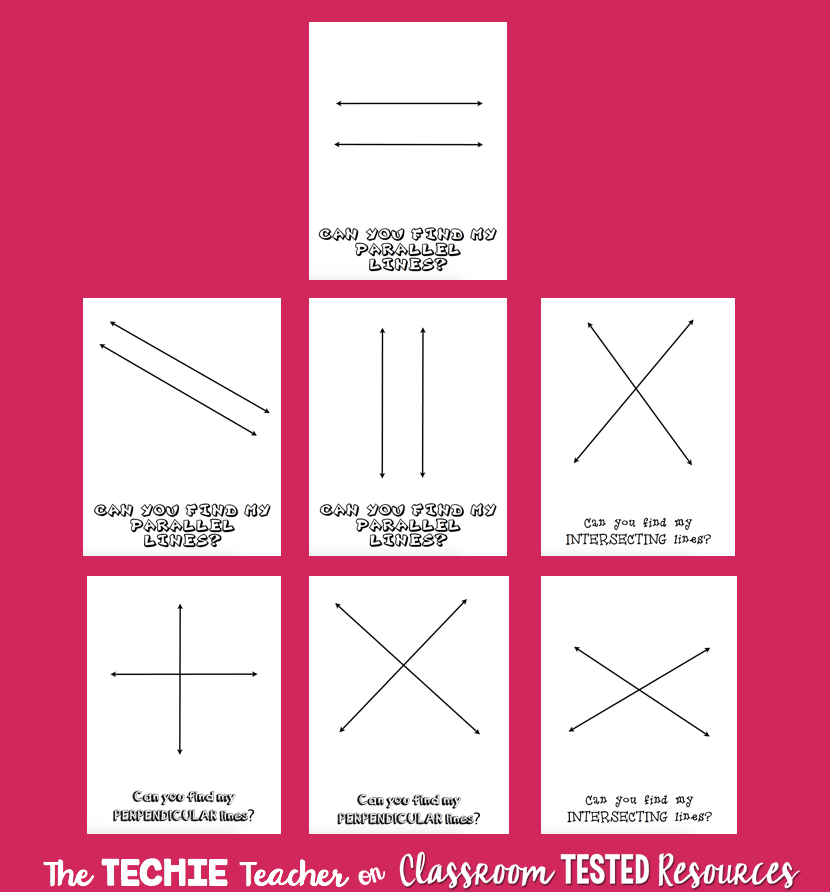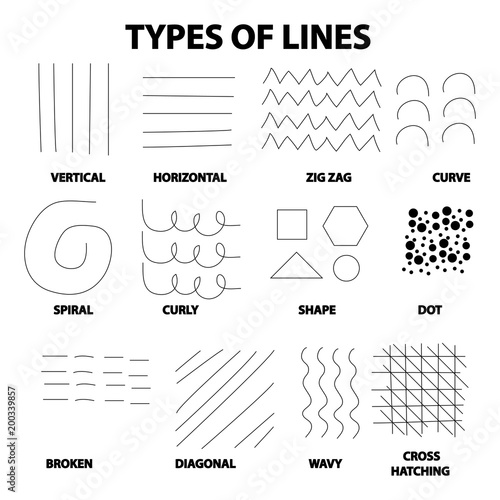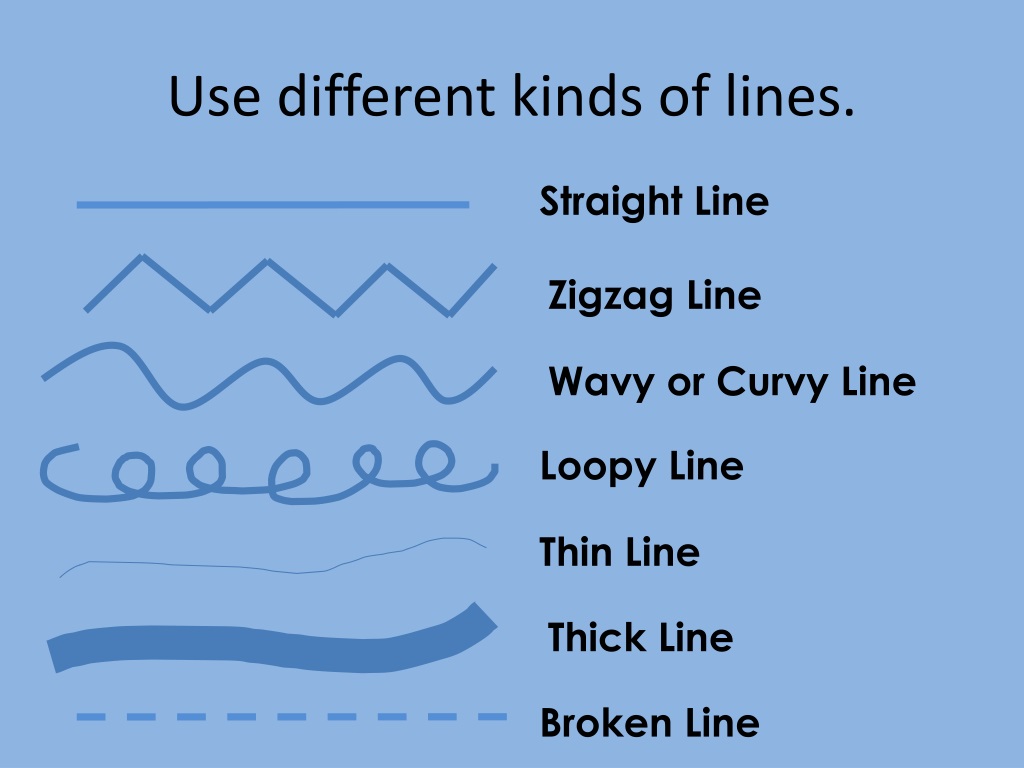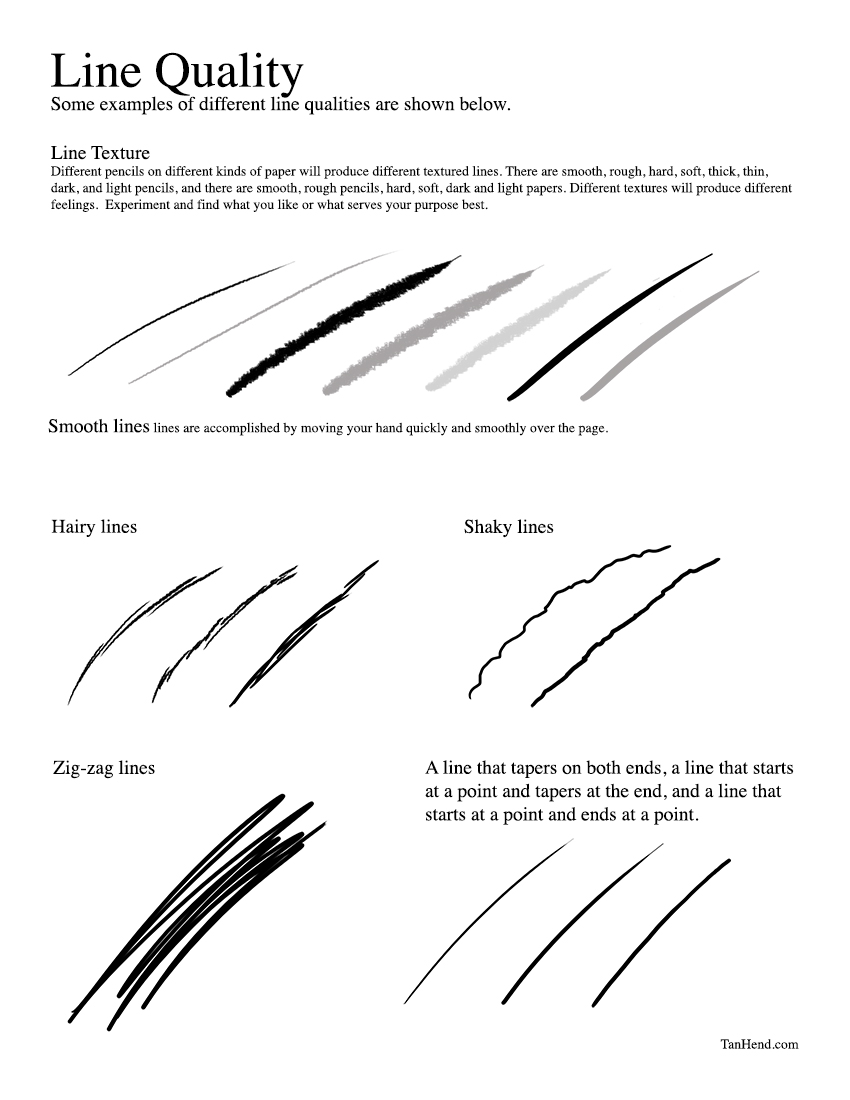Real Info About What Kind Of Line Can Be Rough Or Smooth Plot Linear Model In R
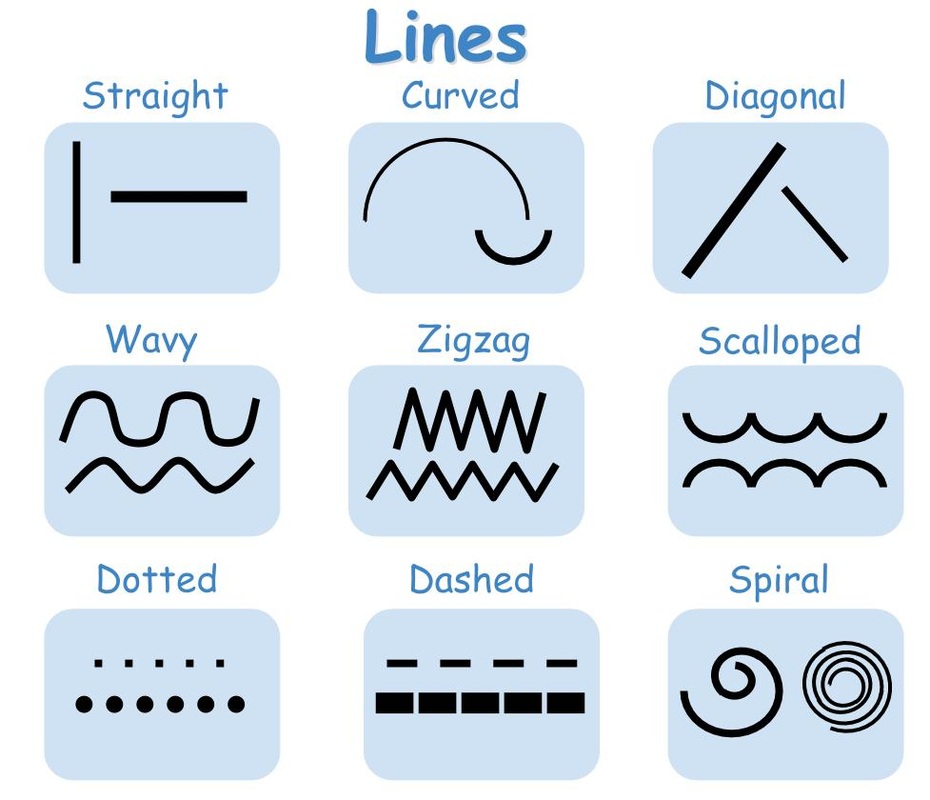
The weight (or thickness) of a line is referred to as line quality and can suggest material, lighting, weight and more!
What kind of line can be rough or smooth. Lines can be rough or smooth. Types of lines in art. Varying it can simply mean changing your working medium (for example, going from marker to charcoal or changing your digital brush).
Study with quizlet and memorize flashcards containing terms like vertical lines, horizontal lines, diagonal lines and more. It can be straight, curved, zigzag, wavy, or any other shape. Lines can be described in many.
When using the box, i usually teach rough first because it seems to be an easier texture to identify than smooth. Introduce a variety of line weights into your artwork to enhance it further. There are many types of lines, and how well you can control each of them determines your overall line quality.
Types of line in art. It probably depends on the data and / or use case. Texture of lines.
Dotted and dashed lines are more attractive than normal lines. Let’s see an example of controlled, straight lines vs. October 30, 2023 tag vault.
Understanding a line definition in art is not just about describing a mark. Value for further depth and volume, try playing around with a line's value, or how much lighter or darker it is. But how does it make a difference to an artwork?
One of the most common lines that you would find in is the straight line. When teaching concepts, i find that it is best to start by choosing one concept. A smoother texture tends to be more stable and clarifying, whereas a rough texture implies a darker and sketchier tone.
Lines can be solid, dashed, or dotted. Tracing over and over again, lots of overlapping lines. Dec 22, 2014 at 17:28.
Get to know your line drawing habits! Straight lines are mostly used to give clean look to a graphic design and to give out a neat and precise look. Don’t be afraid to make mistakes, and keep undoing your lines until you’re satisfied with them!
Also, it can be visible or implied, continuous or broken, thick or thin, smooth or rough. When the drawing is of a recognizable image, the types of lines you use can add to what you say about your subject matter. Line in art comes in different lengths, shapes, and sizes, for example, curved, zigzag, spiral, wavy, horizontal, vertical, diagonal, and more.

